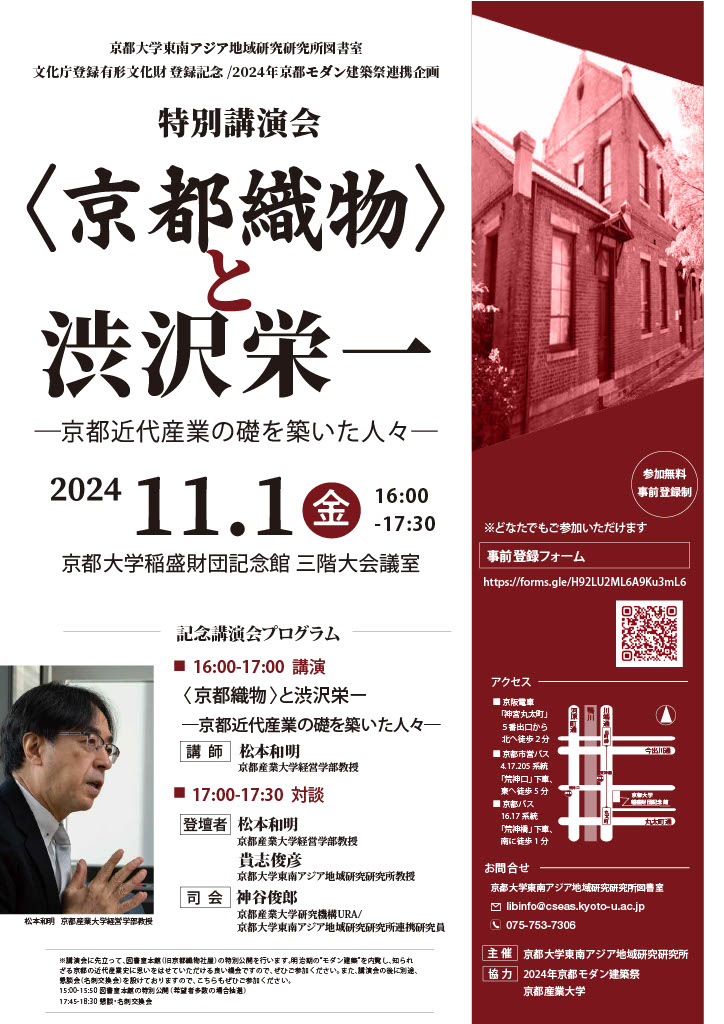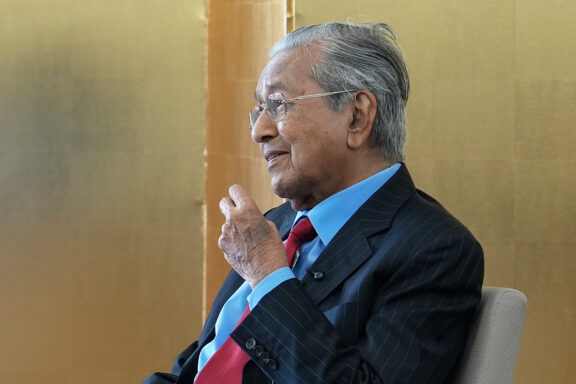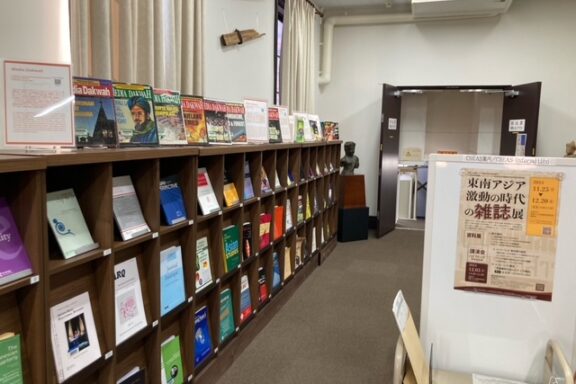Kamiya Tosirou
(Affiliated Researcher, CSEAS Kyoto University / University Research Administrator (URA), Kyoto Sangyo University)
The Center for Southeast Asian Studies held the special lecture “Kyoto Orimono and Shibusawa Eiichi: People Who Laid the Foundation for Kyoto’s Modern Industry” on Friday, November 1, 2024. Having been involved as an organizer, I would like to report on it in the following text.
Kyoto Orimono/京都織物, or Kyoto Textile, (which later became Kyoto Orimono Co., Ltd.) was established in 1887 to develop Nishijin textiles and foster a modern Western-style silk weaving industry. The business was established with the strong backing of Shibusawa Eiichi, a business tycoon in the Meiji era now known as the “father of modern Japanese capitalism.” The company’s main office building, currently used as the CSEAS Library, was constructed in 1889. Its red brick Western-style architecture symbolizes the Westernization (Bunmei-Kaika) of Japan during the Meiji period. In recognition of its historical significance and importance as a cultural asset, the office building was registered as a Tangible Cultural Property by the Agency for Cultural Affairs of Japan in August 2024.
To commemorate this registration and the circulation of the new 10,000 JPY banknote featuring Shibusawa, the special lecture was organized to provide an opportunity to learn how Shibusawa promoted industry in our city, Kyoto. Professor Matsumoto Kazuaki from the Faculty of Business Administration at Kyoto Sangyo University, who specializes in business history, particularly the life and achievements of Shibusawa, first gave a one-hour lecture. The audience of approximately 50 people mainly consisted of businesspeople from the Kansai region and members of the public. The following is an excerpt from the lecture:
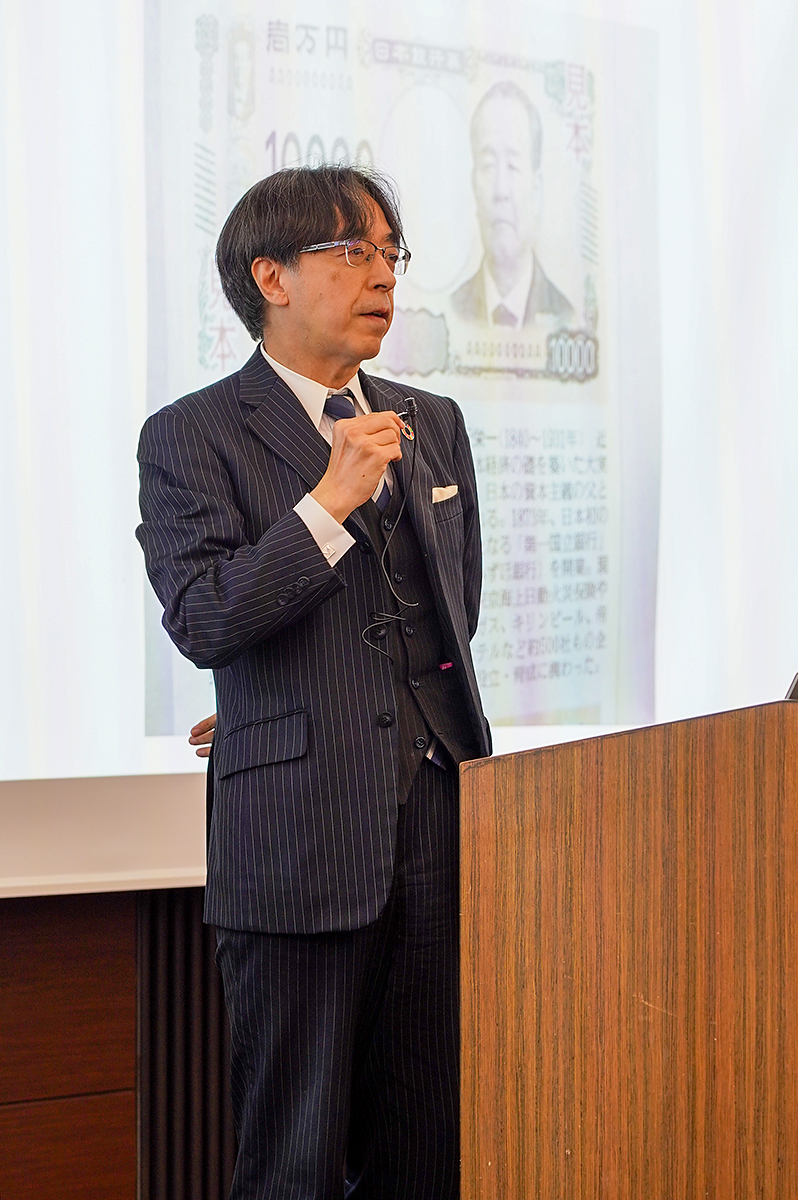
……In the early Meiji period, after Mutsuhito (the Emperor Meiji) moved to Tokyo, Kyoto lost its status as the capital and fell into a difficult situation. Something had to be done to revive Kyoto’s economy. The plan to establish Kyoto Orimono was a solution that sought not only to revive Kyoto’s industry, but also to secure the region’s future, development, and survival.
Kyoto Orimono was established in 1887 with a capital of 500,000 yen (approximately 5 billion yen in today’s value). The factory was in Atago-gun Yoshida-mura Shimoadachi (where CSEAS is currently located). Shibusawa became the largest shareholder, demonstrating his strong support for the company.
Kyoto Orimono introduced European-style machine production and began producing silk, satin, and cotton fabrics. Satin fabrics have a gorgeous luster and a luxurious feel, and are used for formal wear, party dresses, and the linings of coats and jackets. Shibusawa was actively involved in the management of the company, expanding the factory and focusing on exports. He also continued to support the company’s development by sending young trainees overseas (mainly to France) to develop human resources and improve the level of technology.
The secret to the company’s success was clearly defining its strategic products: silk, satin, and cotton. The company expanded its business, building a new factory in Murasakino. It also expanded into Ishikawa and Fukui in the Hokuriku region, setting up factories. It is difficult to overstate how significantly a factory of this scale contributed to the modernization of Kyoto’s economy and, ultimately, the development of Japan’s textile industry.
Unfortunately, the company was dissolved in 1968. However, the fact that Kyoto University has purchased and taken over the land and buildings to use for academic purposes is extremely important to the local area, and I think it should be more widely known.
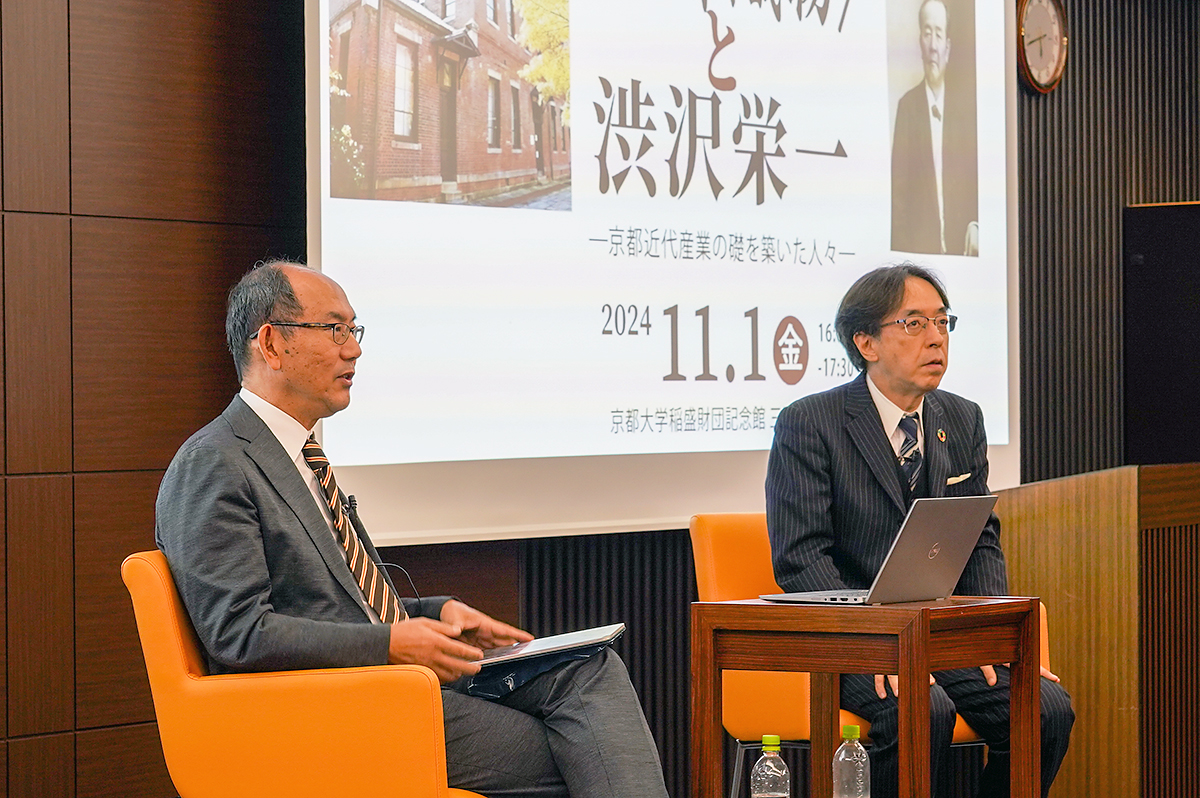
To conclude his lecture, Professor Matsumoto explained where the bricks for the CSEAS Library building came from. Although he initially speculated that they were domestically produced by either Japan’s first brick factory, Nippon Renga Seizō KK, which Shibusawa established in Saitama Prefecture, or Osaka Yōgyō Co., Ltd., another huge factory from the same era, neither is correct. The bricks were imported directly from France, thanks to the connections of Inabata Katsutarō, who was sent to France by Kyoto Orimono.
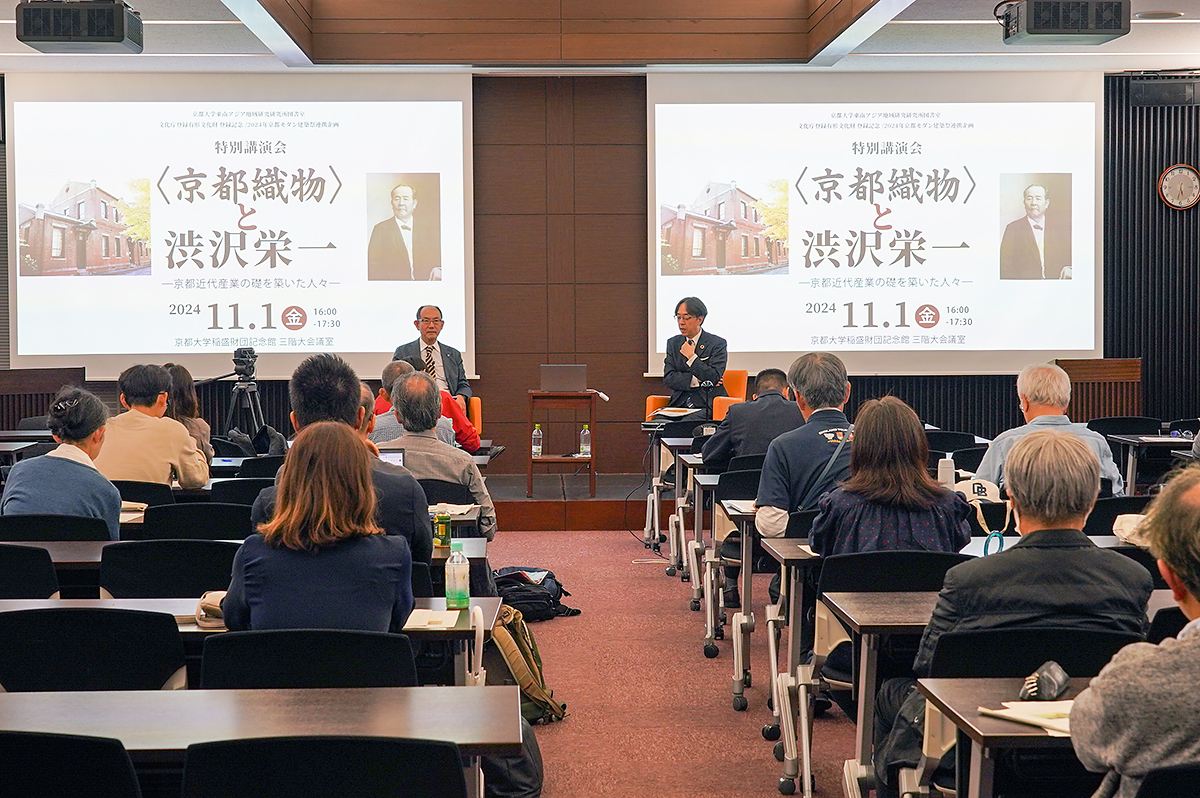
In the second half of the program, Professor of East Asian history Kishi Toshihiko from CSEAS interviewed Professor Matsumoto following a supplementary introduction about the origins of the site of Kyoto Orimono, where CSEAS now stands. The two speakers discussed Shibusawa’s business activity in East Asia (China, Taiwan, and Korea), the business leaders Fujita Denzaburō and Godai Tomoatsu, who were active in Osaka at the same time as Shibusawa, and even Zhang Jian, a businessman from Qing dynasty-era China. The dialogue provided insights into Shibusawa’s influence both at home and abroad.
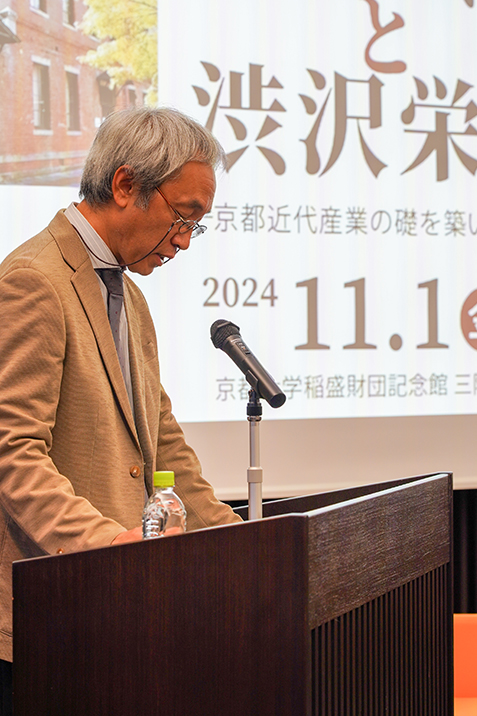
At the end of the dialogue, Kishi asked whethere there is any information on how Shibusawa viewed Southeast Asia. Matsumoto replied that while it is certain that Shibusawa had his eyes on Asia as a whole, we still do not know what he thought about Southeast Asia. Professor Matsumoto pledged to continue research and to share any new findings. Indeed, he said, “It may become a topic for joint research.”
─────
This event was a collaboration with the 2024 Kyoto Modern Architecture Festival and we would like to express our gratitude to all those who supported it.
This article is also available in Japanese. >>
「特別講演会「〈京都織物〉と渋沢栄一:京都近代産業の礎を築いた人々」」
(神谷俊郎)

